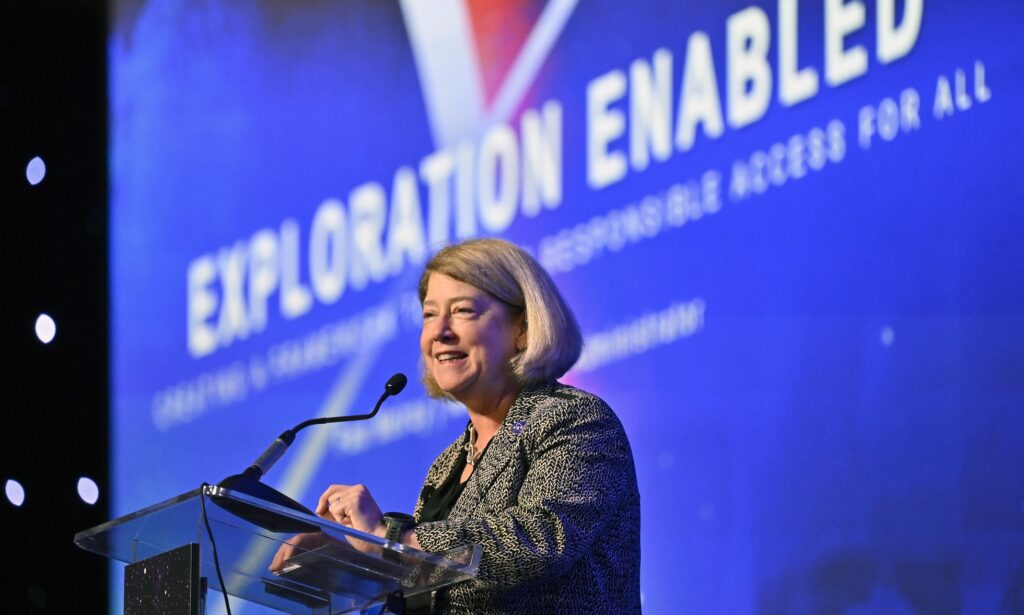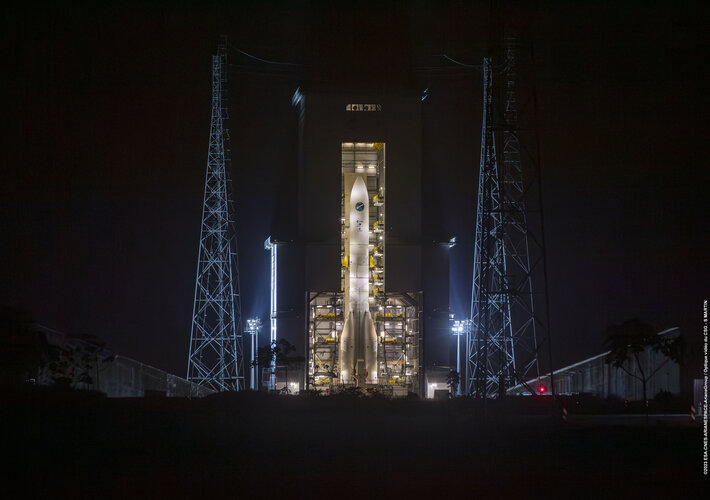Lunar astronauts will need easy walking trails around the moon's south pole
Wednesday, 25 October 2023 16:44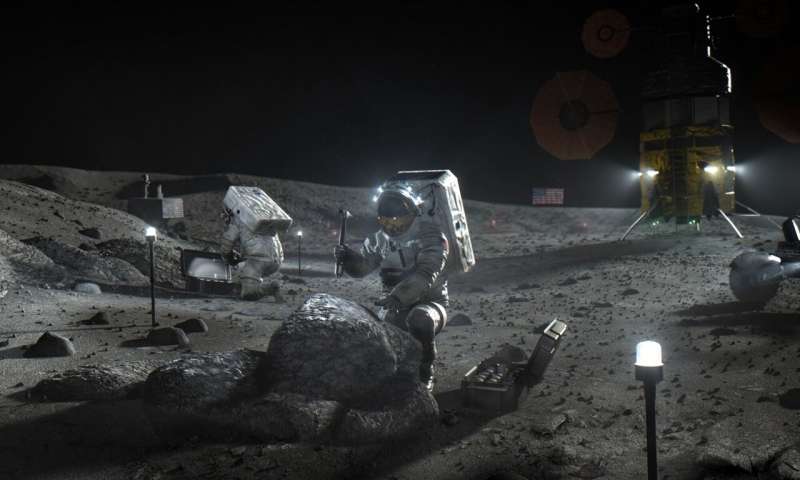
Before this decade is out, NASA plans to return astronauts to the moon for the first time since the Apollo Era and build the necessary infrastructure to keep sending them back. And they will hardly be alone. Alongside NASA's Artemis Program, the European Space Agency also plans to send astronauts to the moon and establish a permanent habitat there (the Moon Village), while China and Russia are working toward creating the International Lunar Research Station (ILRS). Numerous commercial space companies will also be there to provide crew transportation, cargo, and logistical services.
All of this will happen in the moon's southern polar region, a topographically complex region characterized by craters, permanently shadowed regions (PSRs), and undulating slopes. This terrain could prove difficult for crews conducting extravehicular activities (EVAs) away from landing sites and habitats.
In a recent study, an international team of researchers used data from NASA's Lunar Reconnaissance Orbiter (LRO) to create a detailed atlas of the region that accounts for all the traverses and descents.
Engineers improve NASA lidar tech for exploration
Wednesday, 25 October 2023 16:25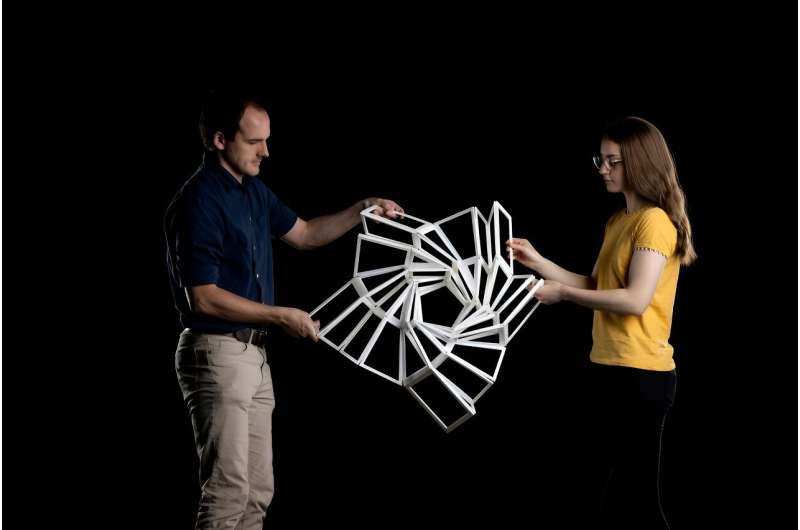
Lidar technology improvements will help NASA scientists and explorers with remote sensing and surveying, mapping, 3D-image scanning, hazard detection and avoidance, and navigation.
Like a sonar using light instead of sound, lidar technology increasingly helps NASA scientists and explorers with remote sensing and surveying, mapping, 3D-image scanning, hazard detection and avoidance, and navigation.
Cutting edge innovations by NASA researchers seek to refine lidars into smaller, lighter, more versatile tools for exploration.
Nighttime rehearsal for Ariane 6 toward first flight
Wednesday, 25 October 2023 15:57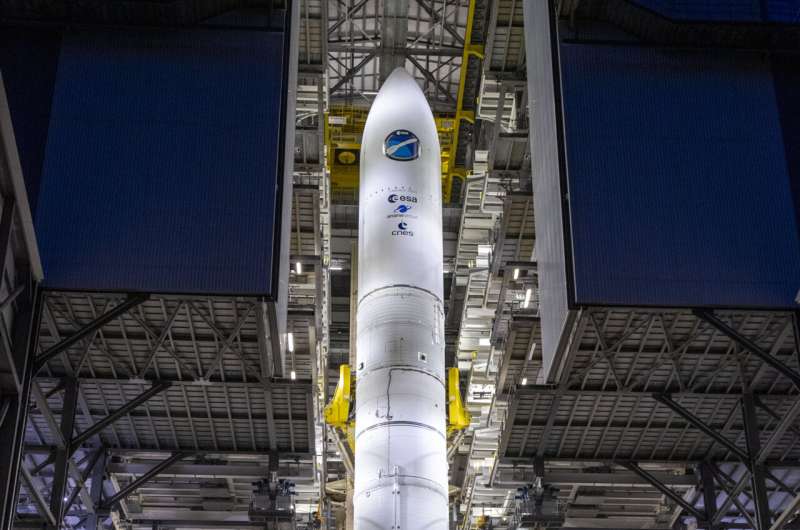
Yesterday, a team of CNES, ESA, Arianespace and ArianeGroup personnel at Europe's Spaceport in Kourou, French Guiana, completed a full-scale wet rehearsal of the new Ariane 6 rocket that was fueled and then drained of its fuel. The test lasted over 30 hours with three teams working in shifts of 10 hours each.
The goal was to increase the robustness of the launch system and to test emergency safety procedures with an interruption of the countdown from simulated anomalies.
The wet rehearsal—called combined test loading, abbreviated to CTLO2.1—is the third time the Ariane 6 ground teams have practiced a full launch countdown, after a first rehearsal on 18 July and a first ignition of the main engine on 5 September. Yesterday's test concentrated on system robustness and how well Ariane 6 and the teams handle situations at the edge of the operational parameters.
This time, the operations were performed at night to test operations in cooler ambient temperatures, while the July and September tests were run in daylight.
Webb's first detection of heavy element from star merger
Wednesday, 25 October 2023 14:00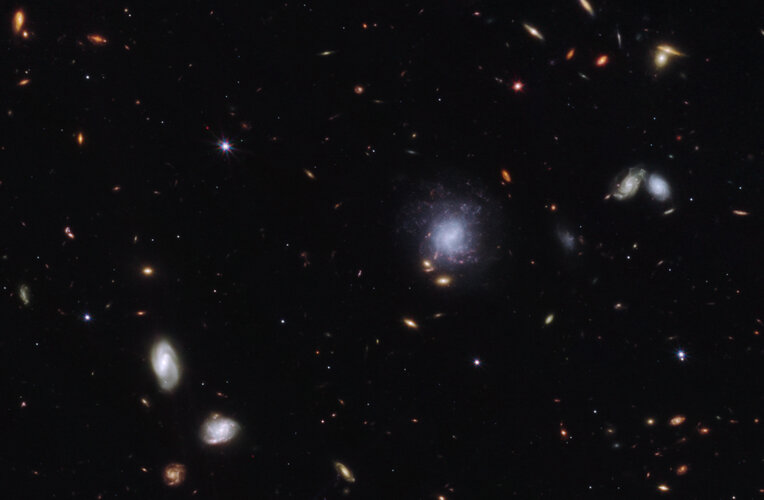
Under what conditions many chemical elements are created in the Universe has long been shrouded in mystery. This includes elements that are highly valuable, or even vital to life as we know it. Astronomers are now one step closer to an answer thanks to the James Webb Space Telescope and a high-energy event: the second-brightest gamma-ray burst ever detected, most likely caused by the merging of two neutron stars – which resulted in an explosion known as a kilonova.
China’s commercial launch firms get space station cargo boost
Wednesday, 25 October 2023 11:35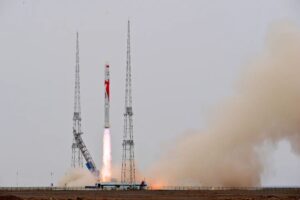
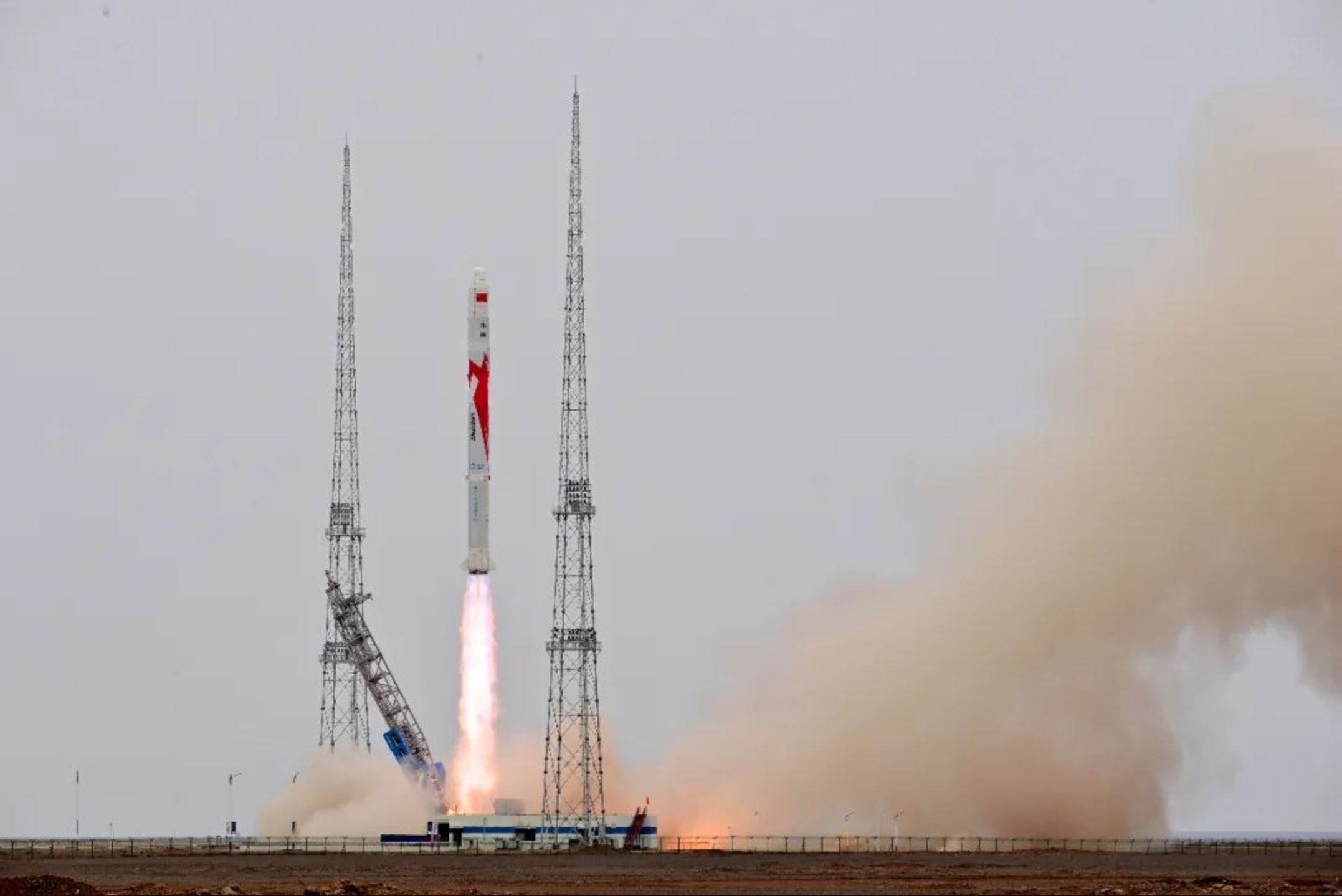
U.S. and Chinese officials meet to discuss space safety
Wednesday, 25 October 2023 10:06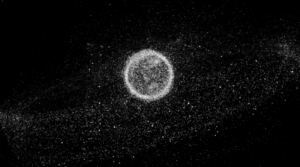
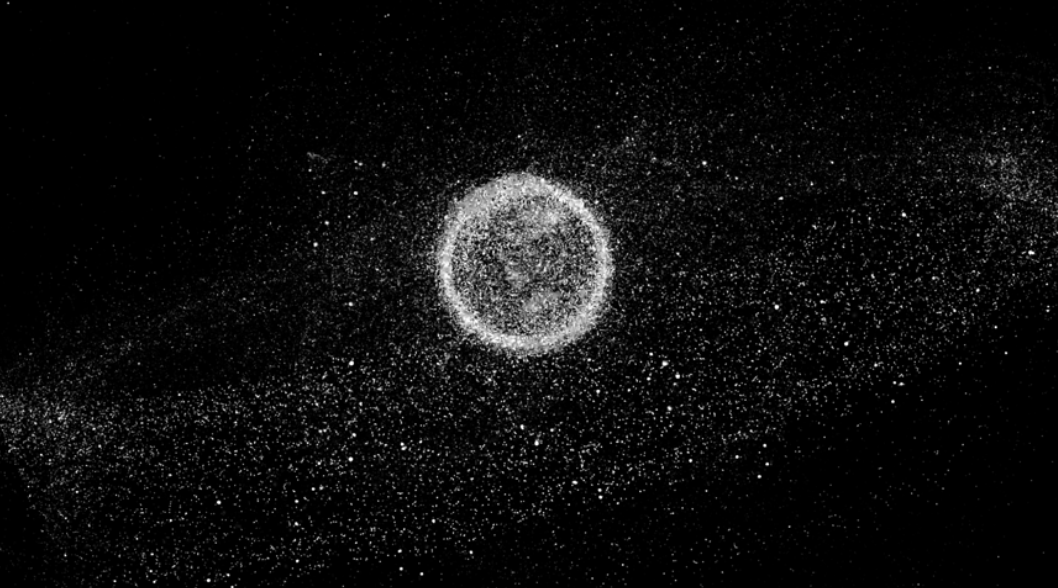
China to send youngest-ever crew to space station
Wednesday, 25 October 2023 09:36 China will send its youngest-ever crew of astronauts to the Tiangong space station this week, officials said Wednesday, as Beijing pursues plans for a manned mission to the Moon by the end of the decade.
Tiangong is the crown jewel of Beijing's space programme, which has also landed robotic rovers on Mars and the Moon and made China the third country to put humans in orbit.
The station i
China will send its youngest-ever crew of astronauts to the Tiangong space station this week, officials said Wednesday, as Beijing pursues plans for a manned mission to the Moon by the end of the decade.
Tiangong is the crown jewel of Beijing's space programme, which has also landed robotic rovers on Mars and the Moon and made China the third country to put humans in orbit.
The station i Final rehearsal for Shenzhou XVII flight completed
Wednesday, 25 October 2023 09:36 The final all-systems rehearsal for China's upcoming manned Shenzhou XVII spaceflight took place on Tuesday morning, according to China Central Television.
Organized by the Beijing Aerospace Control Center - the Jiuquan Satellite Launch Center, the Xi'an Satellite Control Center and spacecraft tracking ships simulated all the processes for the spaceflight, the State broadcaster said, addin
The final all-systems rehearsal for China's upcoming manned Shenzhou XVII spaceflight took place on Tuesday morning, according to China Central Television.
Organized by the Beijing Aerospace Control Center - the Jiuquan Satellite Launch Center, the Xi'an Satellite Control Center and spacecraft tracking ships simulated all the processes for the spaceflight, the State broadcaster said, addin China able, ready to invite foreign astronauts to its space station
Wednesday, 25 October 2023 09:36 China is able and ready to invite foreign astronauts to participate in China's space station flight missions, announced a senior official from the China Manned Space Agency (CMSA) at a press conference on Wednesday.
"We extend an invitation to the world and welcome all countries and regions committed to the peaceful use of outer space to cooperate with us and participate in the Chinese spa
China is able and ready to invite foreign astronauts to participate in China's space station flight missions, announced a senior official from the China Manned Space Agency (CMSA) at a press conference on Wednesday.
"We extend an invitation to the world and welcome all countries and regions committed to the peaceful use of outer space to cooperate with us and participate in the Chinese spa Space-based solar farms prove viable in six-year university study
Wednesday, 25 October 2023 09:36 A groundbreaking six-year study by the Universities of Surrey and Swansea has confirmed the feasibility of low-cost, lightweight solar panels capable of generating power in space. The research provides compelling evidence supporting the commercial potential of space-based solar farms.
The study, the first of its kind, tracked a satellite through over 30,000 orbits to monitor the performanc
A groundbreaking six-year study by the Universities of Surrey and Swansea has confirmed the feasibility of low-cost, lightweight solar panels capable of generating power in space. The research provides compelling evidence supporting the commercial potential of space-based solar farms.
The study, the first of its kind, tracked a satellite through over 30,000 orbits to monitor the performanc UK plans space mission after striking deal with US firm
Wednesday, 25 October 2023 09:36 The UK Space Agency and a US spaceflight services company have signed an initial agreement as they bid to send British astronauts into orbit for two weeks, the agency said Wednesday.
The memorandum of understanding with Houston-based Axiom Space sets out plans for a flight that would see British astronauts conduct a two-week mission in space.
"On this future flight, the UK astronauts wou
The UK Space Agency and a US spaceflight services company have signed an initial agreement as they bid to send British astronauts into orbit for two weeks, the agency said Wednesday.
The memorandum of understanding with Houston-based Axiom Space sets out plans for a flight that would see British astronauts conduct a two-week mission in space.
"On this future flight, the UK astronauts wou China plans new module for Tiangong space station
Wednesday, 25 October 2023 09:36 China will launch an extension module at an appropriate time and upgrade the basic configuration of the space station from the current T shape to a cross shape, announced a senior official from the China Manned Space Agency at a press conference on Wednesday.
The extension module will install space science experiment cabinets and large extra-vehicular experiment equipment in multiple field
China will launch an extension module at an appropriate time and upgrade the basic configuration of the space station from the current T shape to a cross shape, announced a senior official from the China Manned Space Agency at a press conference on Wednesday.
The extension module will install space science experiment cabinets and large extra-vehicular experiment equipment in multiple field ACT's Thermal Management System will help VIPER Rover survive long lunar nights
Wednesday, 25 October 2023 09:36 Advanced Cooling Technologies, Inc. (ACT), a renowned entity in the realm of thermal management solutions, recently reached a milestone in space technology by completing its Thermal Management System (TMS) for NASA's Volatiles Investigating Polar Exploration Rover (VIPER). The project journeyed from its initial conceptual stages through to the final development of flight-critical hardware, fulfi
Advanced Cooling Technologies, Inc. (ACT), a renowned entity in the realm of thermal management solutions, recently reached a milestone in space technology by completing its Thermal Management System (TMS) for NASA's Volatiles Investigating Polar Exploration Rover (VIPER). The project journeyed from its initial conceptual stages through to the final development of flight-critical hardware, fulfi 


